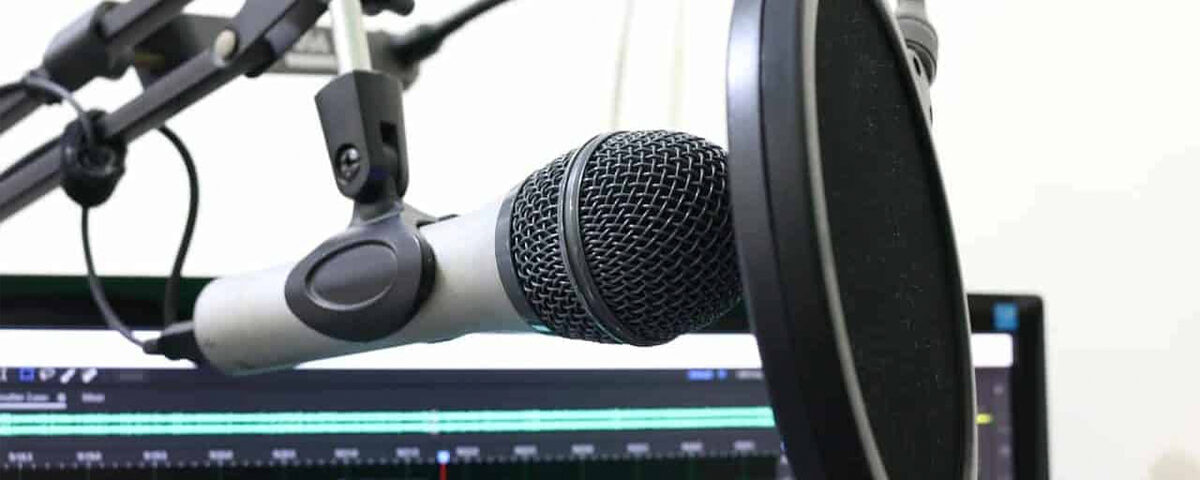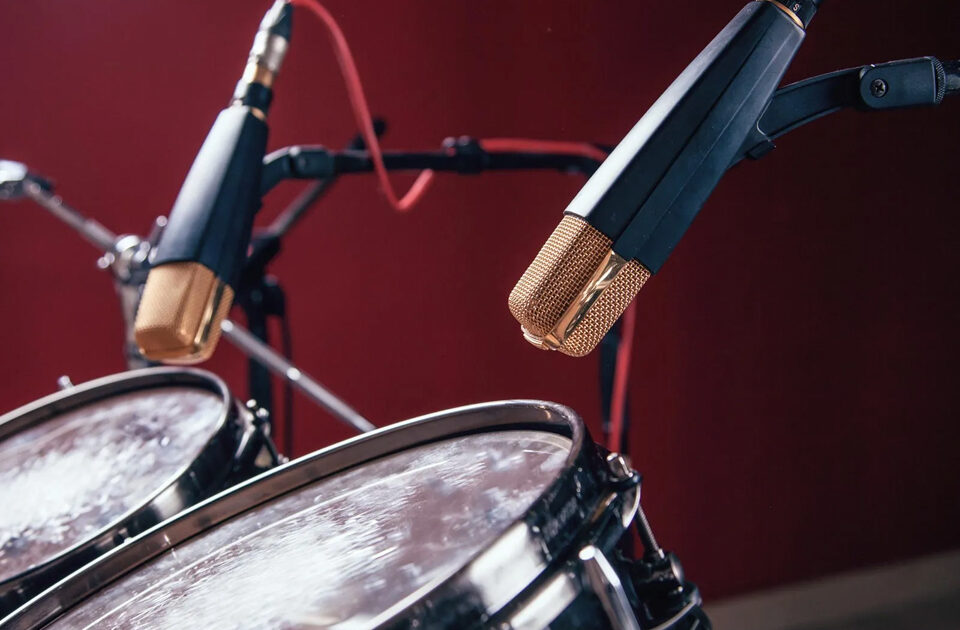Recording Software and Hardware – Essential Tools for Capturing Audio
Recording software and hardware play a vital role in the world of audio production. These tools are the backbone of any recording setup, enabling musicians, producers, and engineers to capture high-quality audio and bring their creative visions to life. In this article, we will explore various aspects of recording software and hardware, including digital audio workstations (DAWs), audio interfaces, microphone preamps, and other essential equipment.
Digital Audio Workstations (DAWs)
At the heart of any recording setup is the digital audio workstation (DAW). A DAW is a software application that allows users to record, edit, and mix audio tracks. It serves as a virtual studio, providing a range of tools and features for manipulating sound.
Popular DAWs such as Ableton Live, Logic Pro, FL Studio, and Pro Tools offer a wide array of capabilities. They provide multi-track recording, MIDI sequencing, virtual instruments, and an extensive range of audio effects. These software packages have revolutionized the recording process, making it accessible to musicians and producers of all skill levels.
Audio Interfaces
To connect microphones and instruments to a computer, an audio interface is required. An audio interface serves as the bridge between the analog and digital domains, converting analog audio signals into a digital format that can be processed by the computer.
Audio interfaces come in various forms, ranging from small portable units to high-end rack-mounted interfaces. They typically offer microphone preamps, line inputs, and outputs, headphone outputs, and MIDI connectivity. The quality of the audio interface plays a crucial role in the overall sound quality of the recordings.
Microphone Preamps
Microphone preamps are essential components of recording setups, as they amplify the low-level signals produced by microphones to a level suitable for recording or further processing. They provide clean gain and ensure that the microphones’ signals are captured accurately without introducing unwanted noise or distortion.
There are two types of microphone preamps: built-in preamps found in audio interfaces and standalone preamps. Standalone preamps are often preferred by professionals due to their higher quality and flexibility. They allow for precise control over gain settings, impedance matching, and tonal shaping.
Other Recording Equipment
In addition to the core components mentioned above, there are several other pieces of recording equipment that are commonly used to enhance the recording process. These include studio monitors, headphones, microphones, MIDI controllers, and signal processors.
Studio monitors are specialized speakers designed to provide accurate and transparent playback of audio recordings. They are essential for critical listening and ensuring that the mix translates well to other playback systems.
Headphones are indispensable for monitoring audio during recording, editing, and mixing. They provide isolation and allow engineers to focus on specific details of the sound without interference from the room’s acoustics.
Microphones come in various types and are chosen based on the intended application. Dynamic microphones are rugged and suitable for live performances, while condenser microphones are more sensitive and often used for studio recordings.
MIDI controllers are used to input musical information into the DAW. They range from simple keyboard controllers to complex pad-based controllers and offer expressive control over virtual instruments and effects.
Signal processors, such as equalizers, compressors, and reverbs, are used to shape and enhance the sound during the mixing and mastering stages. They allow engineers to add depth, clarity, and polish to the recordings.
Summary
Recording software and hardware are indispensable tools for capturing and producing high-quality audio. Digital audio workstations (DAWs), audio interfaces, microphone preamps, and other recording equipment form the foundation of any recording setup. With the advancements in technology, these tools have become more accessible, empowering musicians, producers, and engineers to create professional-level recordings. Whether you are a beginner or a seasoned professional,
investing in quality recording software and hardware is crucial for achieving the best possible audio results. So, get equipped, unleash your creativity, and start capturing your musical ideas with precision and finesse.


